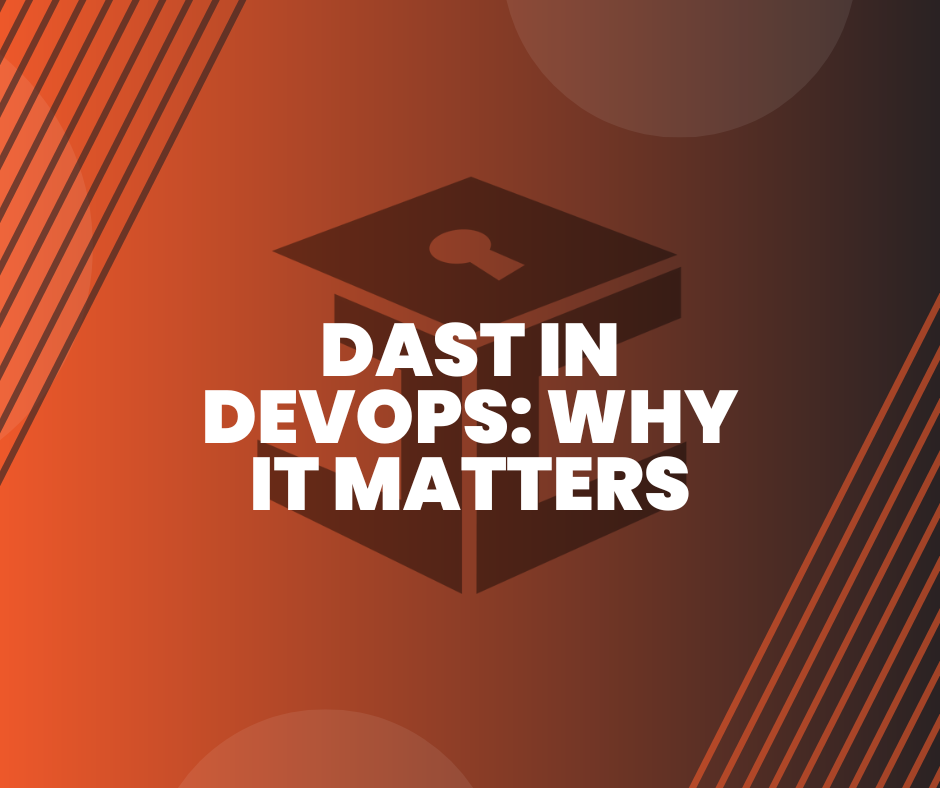Seventy-three percent of SMEs pay up after a ransomware attack
February 16, 2023
SMEs account for 99% of all businesses in the UK, and create 1.5 million new jobs every year, 64% of the total. This means that SMEs are a true economic powerhouse in the UK. Although many of these companies believe that they are too small to be attacked by cyber criminals, almost half of all cyber attacks in the world target this kind of business.
According to a recent study, SMEs still have a lot of work to do when it comes to protecting against ransomware. To reach this conclusion, Infrascale interviewed over 500 C-level executives in SMEs. The results shed some light on the attitudes of this business segment towards ransomware attacks.
The most striking statistic is the fact that almost half (46%) of the SMEs surveyed have experienced a ransomware attack. However, the kind of SME has an effect on this number. Among the SMEs in the B2B sector, 55% have fallen victim to a ransomware attack, while in the B2C sector, it falls to 36%.
Whether the SME is B2B or B2C also has an effect on how prepared the company is to deal with ransomware. While in general, 83% of SMEs feel prepared for a ransomware attack, in the B2B sector, the figure is 87%, while in B2C, it is just 77%. For the 17% of SMEs that do not feel prepared for ransomware, the principal obstacles are time and resources.
Thirty-two percent of SMEs say that they do not have enough time to research ransomware mitigation strategies. The same percentage said that their IT teams were so stretched that they do not have enough resources to deal with the ransomware threat.
Paying the ransom offers no guarantees
Being unprepared for a ransomware attack can turn out to be very expensive for an SME, especially if it decides to pay the ransom. Among the SMEs that have suffered a ransomware attack in the B2B sector, 78% paid the ransom demanded by the cyber attacker; in the B2C sector, 63% of organizations too the same decision.This is not a cheap option: 43% of SMEs that have paid a ransom paid between £10,000 and £50,000. Thirteen percent of those that chose to pay the ransom were forced to pay over £100,000.
Among the SMEs that haven’t paid a ransom, 26% would consider paying one to get their data back. Sixty percent of organisations say that they would choose this option to recover their files quickly, while 53% say they would pay to avoid the reputational damage related to data protection and data recovery efforts.
However, even if the company chooses to pay up (an option that JC Cyber Security and other experts strongly advise against), there is no guarantee that the organisation will recover its data: 17% of companies that have paid a ransom say that they only recovered part of the data lost in the attack.
How to avoid ransomware in SMEs
Even though 72% of SMEs have a plan to mitigate ransomware attacks, it is not enough. Those with no plan are exposing their data to unnecessary risk, as well as endangering their clients and partners. This is why it is so important that measures be taken to stop ransomware affecting SMEs.The first step is to properly protect email, which is the attack vector for 91% of all cyber attacks. To stop a phishing email from leading to a ransomware attack, never open links or attachments from unknown senders.
Another point of entry that needs to be monitored are RDP (Remote Desktop Protocol) connections. Ever since a large percentage of the workforce has been working from home, these connections have become vital. However, they are also a popular target for cyber attackers: every day there are a million brute force attacks against this protocol. RDP connections are the first step in 63% of ransomware attacks.
To protect against these kinds of incidents, it is also vital to have an advanced cyber security solution. Our Protection Plan packages stops any unknown process until it can determine whether or not it is malicious. What’s more, it also monitors all endpoint activity, and thus knows exactly what is happening on the system at all times. This way, no advanced cyber attack targeting companies, even ransomware, can run on protected computers.
Using the right tools for each company is a must to keep computers safe. Protect your business with JC Cyber Security today.
You might also like

October 14, 2024
DevOps is a popular practice, especially among large organizations. However, while it comes with numerous benefits, it presents numerous risks as well. One notable challenge is the increased velocity of deployment, which often complicates how developers implement and ensure application security throughout the development and deployment process. DevOps is a popular practice, especially among large organizations. However, while it comes with numerous benefits, it presents numerous risks as well. One notable challenge is the increased velocity of deployment, which often complicates how developers implement and ensure application security throughout the development and deployment process. According to a recent survey, almost 80% of CIOs expressed concerns about the difficulty of discerning trusted elements from untrusted ones within DevOps environments. In particular, the pressure to deliver services at a faster pace sometimes prompts DevOps teams to take security shortcuts, resulting in potentially costly repercussions. These include data breaches, application downtime, and compliance violations. So, how can you strike a balance between the demand for agile DevOps practices and the need to maintain robust security measures?

October 4, 2024
Testing applications for security flaws during production is a vital process of the development lifecycle, and this is where Dynamic Application Security Testing (DAST) comes in. DAST is a security testing approach in application security (AppSec), in which testers assess an application in real-time, while it’s actively running. This process can be conducted even without testers knowing the application’s internal interactions or system-level designs. Applications fuel the engine of the world’s economy, but enterprises can encounter substantial hurdles when striving to retain a competitive advantage in a rapidly changing digital landscape. Businesses must continuously pursue inventive solutions, even as they contend with sophisticated adversaries looking to exploit opportunities to disrupt operations, compromise vital information, and inflict harm. According to recent research, approximately 17% of cyberattacks aim to exploit vulnerable web applications. Yet, 98% of web applications are susceptible to attacks that can lead to malware infection or redirect users to malicious websites. All the while, 72% of these vulnerabilities result from coding errors. Testing applications for security flaws during production is a vital process of the development lifecycle, and this is where Dynamic Application Security Testing (DAST) comes in. DAST is a security testing approach in application security (AppSec), in which testers assess an application in real-time, while it’s actively running. This process can be conducted even without testers knowing the application’s internal interactions or system-level designs. This is because DAST tools operate without access to the application’s source code. Instead, they emulate genuine attacks, akin to those carried out by real hackers, to identify security weaknesses. This “black box” testing method examines the application from an external perspective, scrutinises its runtime behaviour, and observes how it reacts to simulated attacks. These simulations help evaluate whether the application exhibits vulnerabilities and if it is potentially susceptible to malicious attacks.

September 25, 2024
In this blog post we look back at the origin of the term “hacking”, as well as how activities that might be described as hacking have existed throughout history, even prior to the advent of computer systems – and what if anything these can teach us today. Hacking is attacking and breaking into computer systems illegally… isn’t it? The meaning of the term “hacking” has in fact changed substantially over time, morphing from describing essentially benign (or at worst mildly disruptive) activities into its modern attribution to largely criminal and illegal activities. What’s more, in its original usage, “hacking” doesn’t necessarily even need to involve computer systems at all. In this blog post we look back at the origin of the term “hacking”, as well as how activities that might be described as hacking have existed throughout history, even prior to the advent of computer systems – and what if anything these can teach us today.
0333 305 0605
info@jc-cybersecurity.co.uk
Grosvenor House, St. Paul's Square, Birmingham, B3 1RB, UK
JC Cyber Security Services is a trading name of Atlas Technology Group Ltd.
Registered in England and Wales.
Company No. 12070697
Business Hours
- Mon - Fri
- -
- Sat - Sun
- Appointment Only
Emergency Cyber Response
Mon - Sun 24 Hours
© 2025
All Rights Reserved | JC Cyber Security Services

